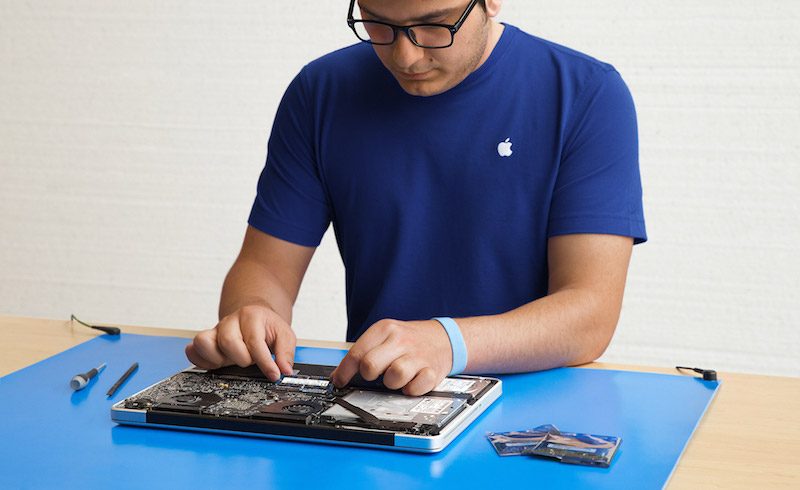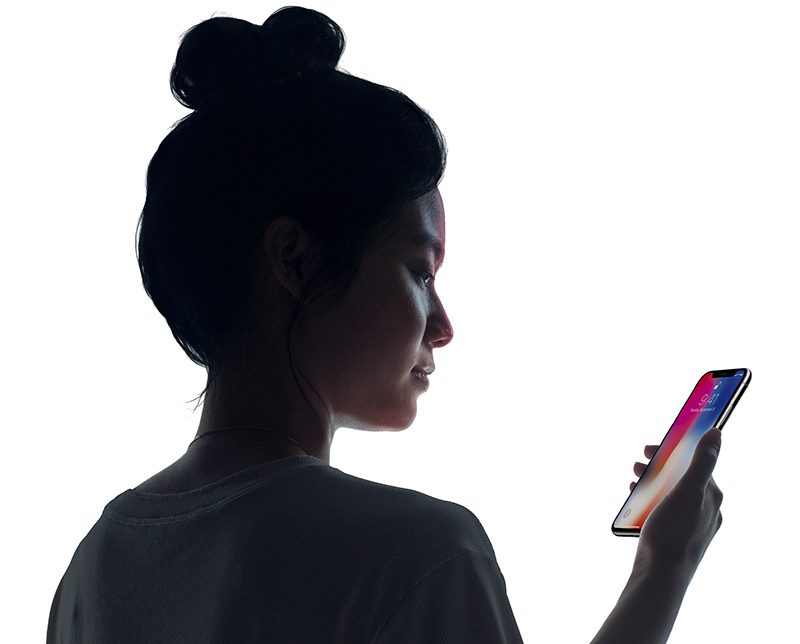
via About Chromebooks https://ift.tt/2DgpipE

 Apple is set to report its earnings results for the fourth quarter of its 2018 fiscal year at 1:30 p.m. Pacific Time today.
Apple is set to report its earnings results for the fourth quarter of its 2018 fiscal year at 1:30 p.m. Pacific Time today.




We believe that Apple will raise the output power of the flood illuminator VCSEL to lower the impacts from invisible lights of environment in order to improve the Face ID user experience. The higher power VCSEL with higher ASP needs increased requirements of design and production, increased materials for array design, and longer testing times. Therefore, the VCSEL supply chain can add higher value.Kuo's note also suggests a Time of Flight (ToF) 3D camera will be introduced in iPad models in late 2019 or early 2020, and could expand to the iPhone in the second half of 2020. He continues to believe that Apple has no plans to adopt ToF in 2019.
We give a greater than 50% probability that the new iPad in 4Q19/1Q20 may adopt ToF (our previous forecast that the 2H19 new iPhone will not adopt ToF remains unchanged). We believe that 3D modeling captured by ToF and then edited by an Apple Pencil on an iPad will create an all-new productivity experience for design applications in a totally different manner from computers. We estimate that ToF will likely be adopted by the new iPhone in 2H20 at the latest. The iPhone's adoption of ToF will create the new AR experience and improve photo quality. We expect that Apple's ToF design may adopt the higher-than-1,000nm wavelength VCSEL (vs. current Face ID's 935-945nm) for better system design and user experience.A time-of-flight camera system is designed to determine the distance between objects by measuring the time-of-flight of a light or laser signal between the camera and the subject at each point in the image.
